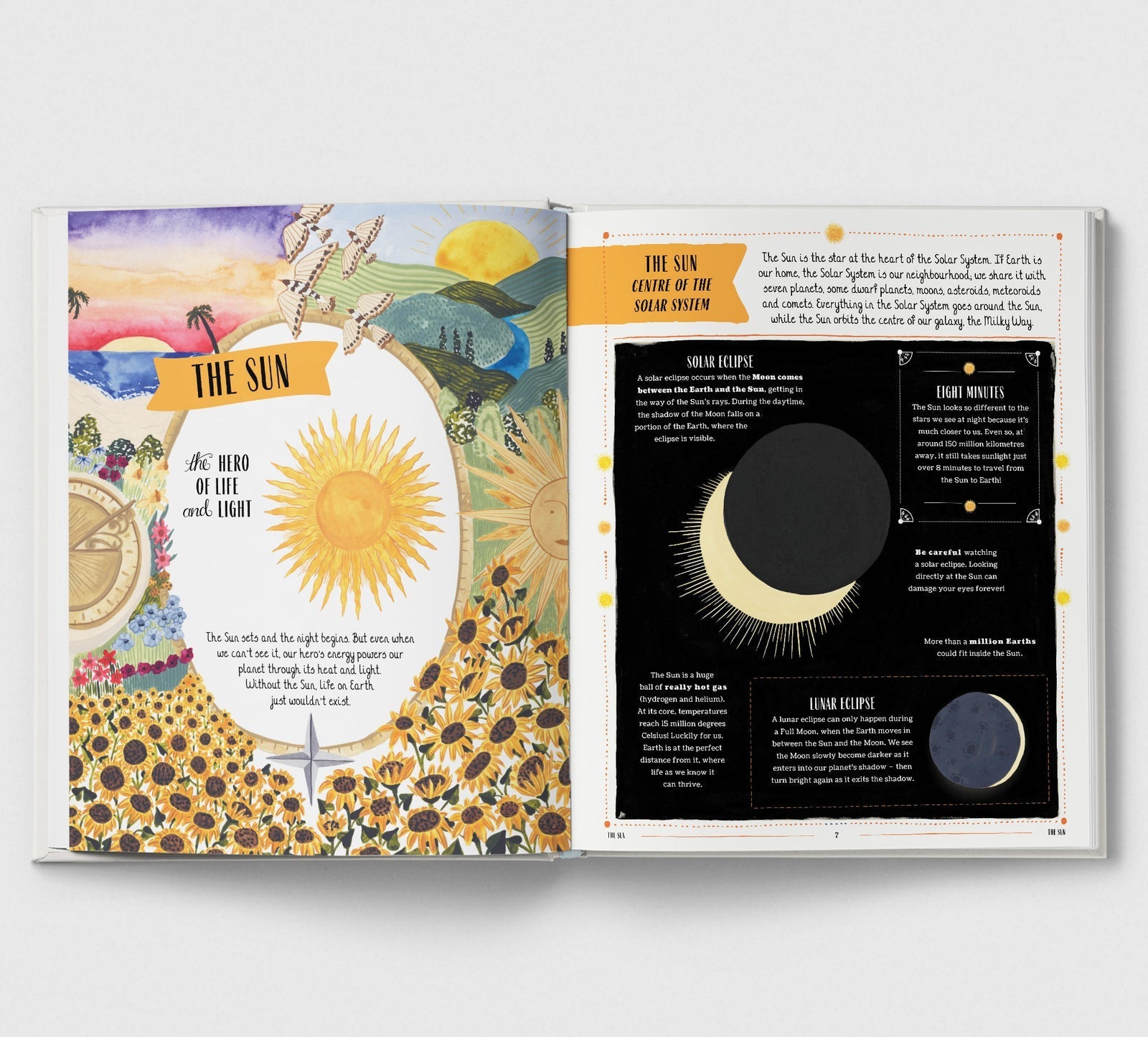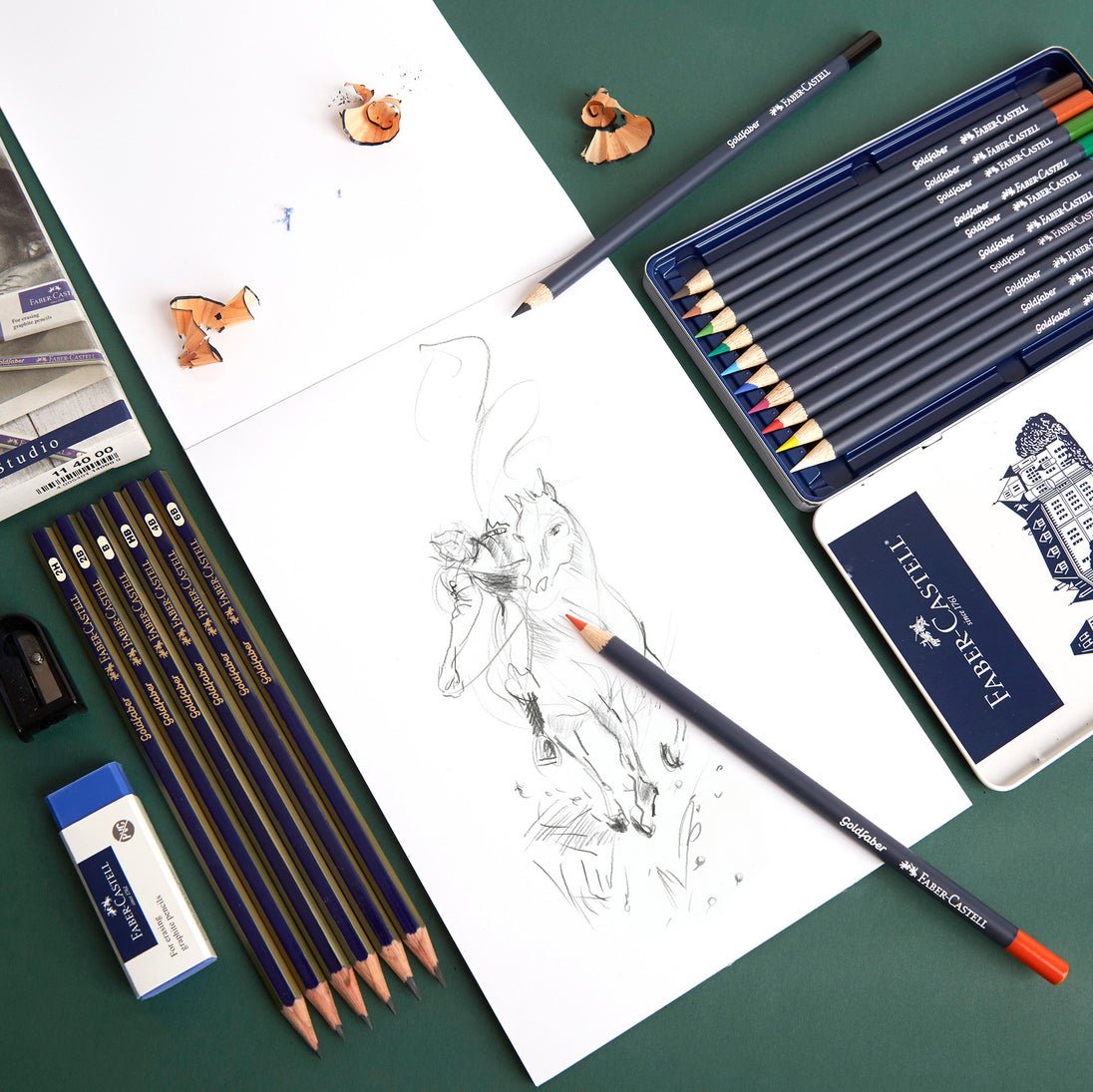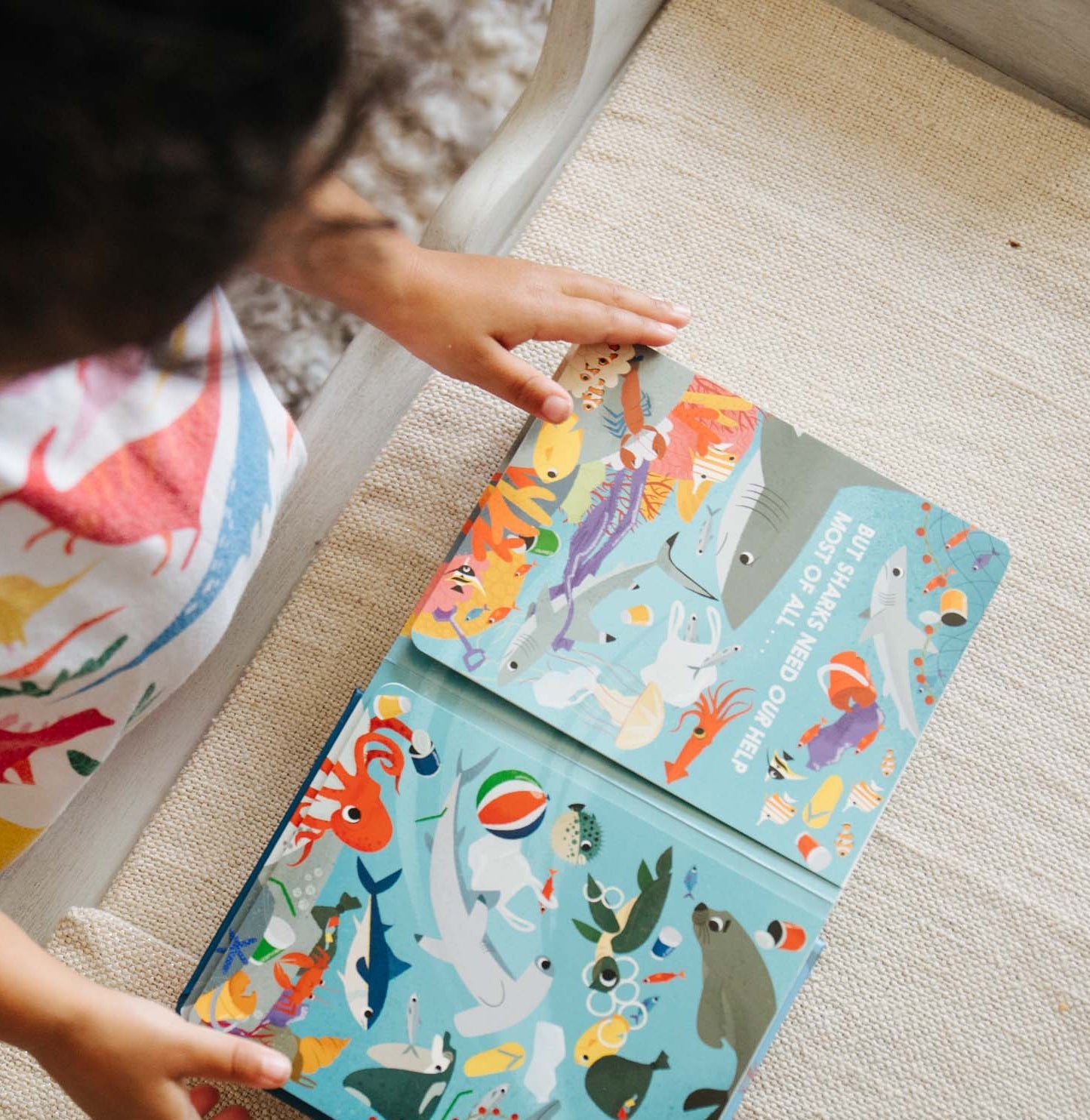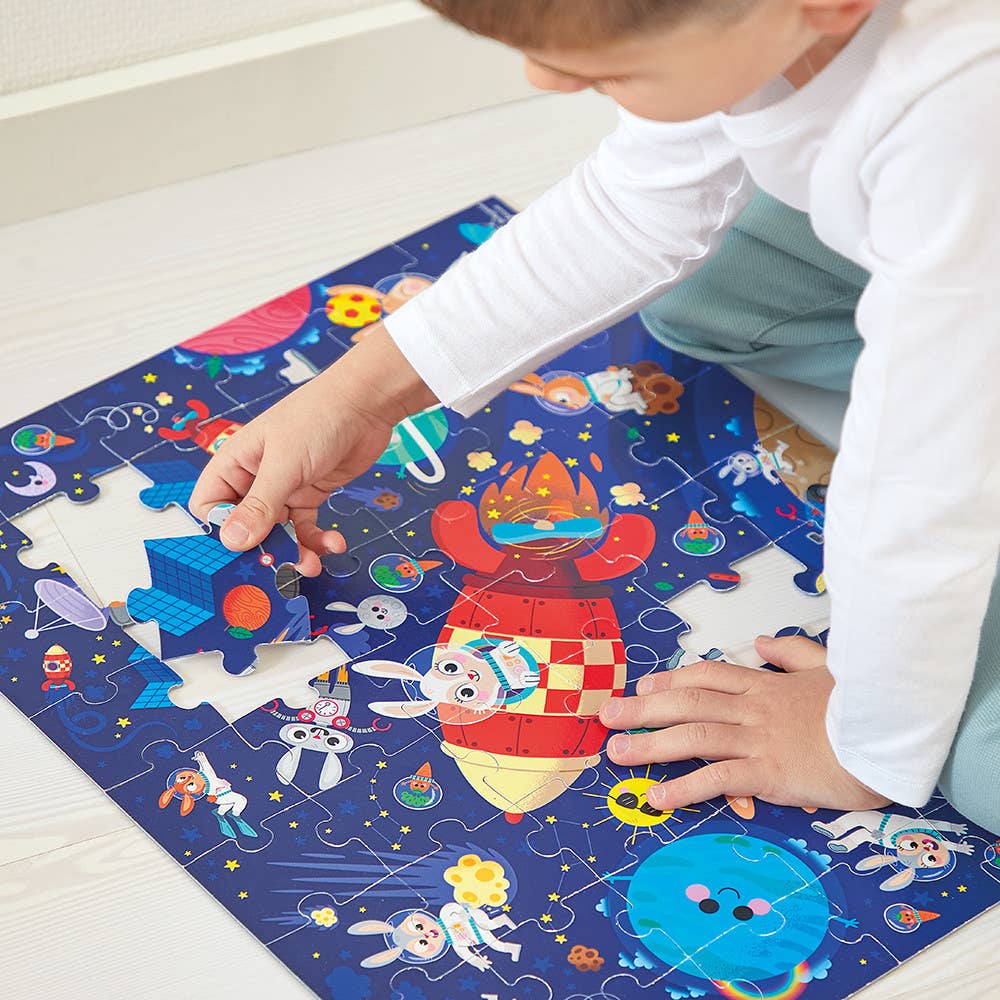There's a particular kind of history book that changes how children see the past. Not because it tries to make history "fun" or "relevant," but because it treats both the subject and the reader with intelligence. These books trust that if you show children something genuinely interesting – a hidden story, an unexpected connection, a specific detail that reveals character – they'll engage on their own terms.
The seven books here share that quality. Each takes a different approach to history, but all of them are built on careful research, thoughtful curation, and the understanding that children are capable of handling complexity when it's presented clearly.
The Hidden Stories of World War II
War historian Dr. Hattie Hearn has done something unusual with Tales of World War II. Rather than retelling the familiar narratives – the leaders, the major battles, the turning points we all know – she's uncovered stories that haven't been told to children before. Wojtek, the bear recruited by the Polish army. A jazz singer who became a spy. A cabin boy who outsmarted German submarines. The Navajo code talkers whose language became unbreakable encryption.
What makes these stories compelling isn't just their novelty. It's that they reveal something essential about how ordinary people responded to extraordinary circumstances. The brave cyclist who saved countless lives wasn't a soldier or politician – just someone who made a choice in a critical moment. Margarida Esteves's illustrations bring these individuals to life without sentimentality, showing both the weight of their situations and their humanity.
For children developing their understanding of ethics and courage, these specific stories offer something more valuable than abstract lessons. Here's what this particular person did. Here's why it mattered. Here's how they managed it. The book trusts readers to draw their own conclusions about what courage means.

Tales of World War II: Amazing True Stories from the War that Shook the World
The Craft of Intelligence
Daniel Nesquens's How to Be a Spy takes an interesting structural approach. Rather than presenting espionage as adventure story, it begins with technique – how codes actually work, what makes an effective disguise, the psychology behind keeping secrets. Then it works backwards to show how these methods were used by real spies throughout the 20th and 21st centuries.
Mathias Sielfeld's striking illustrations match this approach – detailed, almost technical, treating the subject with the seriousness it deserves. The book covers shocking real cases and famous intelligence operations without dramatisation. It's the specificity that makes it engaging: not "spies use codes" but here's exactly how this particular cipher system worked, why it was effective, how it was eventually broken.
Award-winning for good reason, this handbook respects that children aged 7 and up are developing sophisticated understanding of systems, communication, information. It doesn't talk down to them. Published by Little Gestalten on FSC-certified paper with high-quality binding, it's a 64-page hardback that feels substantial – the sort of reference a curious child returns to repeatedly.

How to Be a Spy
Geography as Gateway to History
A History of the World in 25 Cities uses place as its organizing principle, which creates an interesting effect. Each chapter captures a specific city at a particular moment: Athens when democracy was being invented, medieval Benin with lamp-lit streets deep in West African rainforest, Xianyang before it was lost to history.
Tracey Turner and Andrew Donkin worked with British Museum curators to ensure accuracy, but what makes the book special is Libby VanderPloeg's luminously detailed maps. Each double-page spread invites close looking – architectural details, daily activities, the physical layout of streets and buildings. Following each map, pages of text reveal what life was actually like for residents. Not royal courts or famous figures necessarily, but ordinary people navigating their world.
The geographical structure solves a common problem with children's history books: how to avoid presenting history as a single narrative moving from Europe outward. By jumping between continents and time periods, the book shows civilizations developing simultaneously, sometimes connecting, sometimes completely unaware of each other. Ancient Jericho (10,000 years ago) sits alongside Renaissance Venice, making patterns visible across cultures and eras.
At 29 x 25cm, it's substantial – 112 pages designed for lingering rather than quick reading. The neon cover hints at the vibrant artwork inside. For children aged 9-12 developing their spatial thinking and ability to hold multiple perspectives, this format offers something textbooks can't.

A History of the World in 25 Cities
The Reference They'll Actually Use
Some children like comprehensive coverage, properly organised. Timelines of World History delivers this – Stone Age settlements around 9000BC through to the millennium, over 3,500 carefully selected dates brought to life through vivid reconstructions, photographs, and detailed maps.
What distinguishes this from an encyclopedia is Jane Chisholm and Usborne's editorial judgment. Not every date that ever occurred, but the ones that reveal how events shaped the world we inhabit now. Wars and revolutions, certainly, but also groundbreaking inventions, scientific discoveries, cultural shifts. The chronological layout with geographical breadth means you can see what was happening simultaneously in different parts of the world – the context that makes individual events meaningful.
The book includes substantial back matter: comprehensive glossary, extensive index, listings of rulers throughout history. It's designed as both absorbing reading and reliable homework companion. When a child needs to understand when something happened, or what else was occurring at the same time, or how one development led to another – this provides answers without requiring prior knowledge of what to look for.
Reference books for this age often fail because they're either too simplistic or too dense. This one succeeds by treating readers as capable of following complex narratives when they're clearly presented. The illustrations and reconstructions support understanding without oversimplifying.

Timelines of World History
When Illustrations Carry History
The Macmillan Collection of Myths and Legends is as much about visual history as narrative. Over forty myths from around the world – Greek gods, Norse warriors, Spanish spirits, Chinese fish deities, the Australian Aboriginal frog who drank all the world's water – illustrated with artwork from the Golden Age: Arthur Rackham, Walter Crane, Warwick Goble. Some illustrations date to the 18th and early 19th centuries.
This matters because these aren't modern interpretations. They're the actual images that shaped how generations of readers imagined these stories. Rackham's intricate linework, his particular way of rendering trees and water and magical beings – children today are seeing the same visual language that influenced fantasy art for a century. The connection to earlier readers isn't abstract; it's there in the specific ink strokes and colour choices.
At 352 pages with foiled cut-through cover, gilded edges, and ribbon marker, the book has the substantial presence of a treasury meant for keeping. The physical design signals that these stories matter, that they're worth preserving. From familiar tales like Theseus and the Minotaur to lesser-known narratives that deserve discovery, each story reveals something about the culture that created it – their fears, values, questions about how the world works.
The collection doesn't explain what children should think about these myths. It presents them beautifully and trusts readers to find their own meanings, which will shift as they grow. A seven-year-old drawn to dramatic battles will return at ten noticing patterns across cultures, and again at twelve thinking about what these stories reveal about human nature.

The Macmillan Collection of Myths and Legends
Heroines Who Weren't Waiting to Be Rescued
Tales of Brave and Brilliant Girls from the Greek Myths addresses a gap in how mythology gets told to children. The heroes' stories are well-known. The heroines' less so. Susanna Davidson and Rosie Dickins have collected nine tales celebrating women whose stories deserve equal telling.
Cunning Penelope outsmarting suitors for years. Powerful Artemis commanding respect in her own right. Circe's transformative magic. Demeter's devoted search for Persephone. Atalanta's remarkable speed. Athena's wisdom. These aren't passive princesses. They're figures who outwit giants, perform powerful magic, embark on courageous quests – active protagonists making consequential choices.
What makes Usborne's retellings work is their balance. They honour the original myths whilst making them accessible. The writing doesn't explain everything or smooth over the strange bits. Greek myths are complex – sometimes uncomfortable, often operating by different moral logic than contemporary stories. Davidson and Dickins trust young readers to handle that complexity.
Illustrated by Josy Bloggs, Maribel Lechuga, and Maxine Lee-Mackie, with vibrant artwork that captures both drama and humanity. For children encountering these stories for the first time, it's a strong introduction. For those already familiar with Greek mythology, it offers different angles on stories they thought they knew.

Connecting Past to Present Through Play
Ancient Games traces 5,000 years of sports and gaming through Avalon Nuovo's striking illustrations and Iris Volant's engaging text. Wrestling matches in ancient Iraq. Water jousting on the Nile. Deadly Mayan ballgames where outcomes carried religious significance. Roman chariot racing with team supporters as passionate as modern football fans.
Part of Flying Eye Books' acclaimed Ancient Series, the book's large format gives space for detailed illustrations showing how games were actually played – the equipment, the rules, the social context. Nuovo's artwork has a distinctive style that makes ancient sports visually accessible without modernizing them inappropriately.
What makes this particularly effective for children aged 7 and up is how it reveals continuity. Early Olympic athletes competing naked wasn't arbitrary – there were specific reasons rooted in Greek culture. Aztec ballgames weren't just entertainment; they carried profound religious meaning. Understanding these contexts helps children see both what's changed and what hasn't about human nature and competition.
For a child who loves football or swimming or athletics, discovering the ancient roots of their favourite activities creates personal investment in history. Not "people in the past" as abstract concept, but people who trained, competed, celebrated victories, dealt with defeats – experiencing recognizable emotions through different cultural frameworks.

Ancient Games: A History of Sports and Gaming
Building Deeper Understanding
What these books share is editorial confidence. They don't try to make history "fun" through gimmicks or oversimplification. Instead, they trust that genuinely interesting material – a hidden story, an unexpected connection, a specific detail that reveals character – will engage children on its own merits.
A child fascinated by the spy handbook's technical details might develop interest in code-breaking during World War II. Someone absorbed in Greek heroines' stories might want to understand what life was actually like in ancient Athens. The 25 cities book might spark questions about medieval trade routes or urban planning.
These connections happen naturally when books are thoughtfully made – when illustrations reveal genuine details, when writing respects intelligence, when curation focuses on what's genuinely compelling rather than what's supposedly educational.
Books Children Grow Into
The best history books for ages 8-12 work differently at different stages. A seven-year-old drawn to dramatic stories in myths and legends returns at nine noticing patterns across cultures, then again at eleven thinking about what these stories reveal about human values and fears.
The World War II stories offer different insights depending on developmental stage. Younger readers focus on individual acts of courage. Older ones start grasping moral complexity, impossible choices, long-term consequences. The book supports both readings without prescribing which one is "correct."
These are volumes designed for keeping rather than outgrowing – references that get consulted when homework requires understanding context, that spark family conversations when someone discovers a fascinating detail. Not books that get read once then shelved, but ones that become part of how a child builds their understanding of the world.
Why These Books Matter
History helps children understand how we arrived at the present – not through memorizing dates, but through understanding the decisions people made, the systems they built, the problems they faced. The books that work for ages 8-12 make those connections visible whilst respecting readers' growing capacity for complexity.
When a child encounters Dr. Hearn's hidden war stories, learns actual intelligence techniques, traces civilizations through their cities, or discovers how ancient athletes competed – they're building understanding that textbooks rarely provide. Context. Nuance. The recognition that history is made by real people making real choices, not abstract forces moving inevitably forward.
These seven books offer different pathways into that understanding. Each one demonstrates that careful research, thoughtful curation, and beautiful presentation can create something children return to repeatedly – not because they're required to, but because the material genuinely interests them.
Explore our complete collection of children's books selected for quality, substance, and lasting appeal.
































